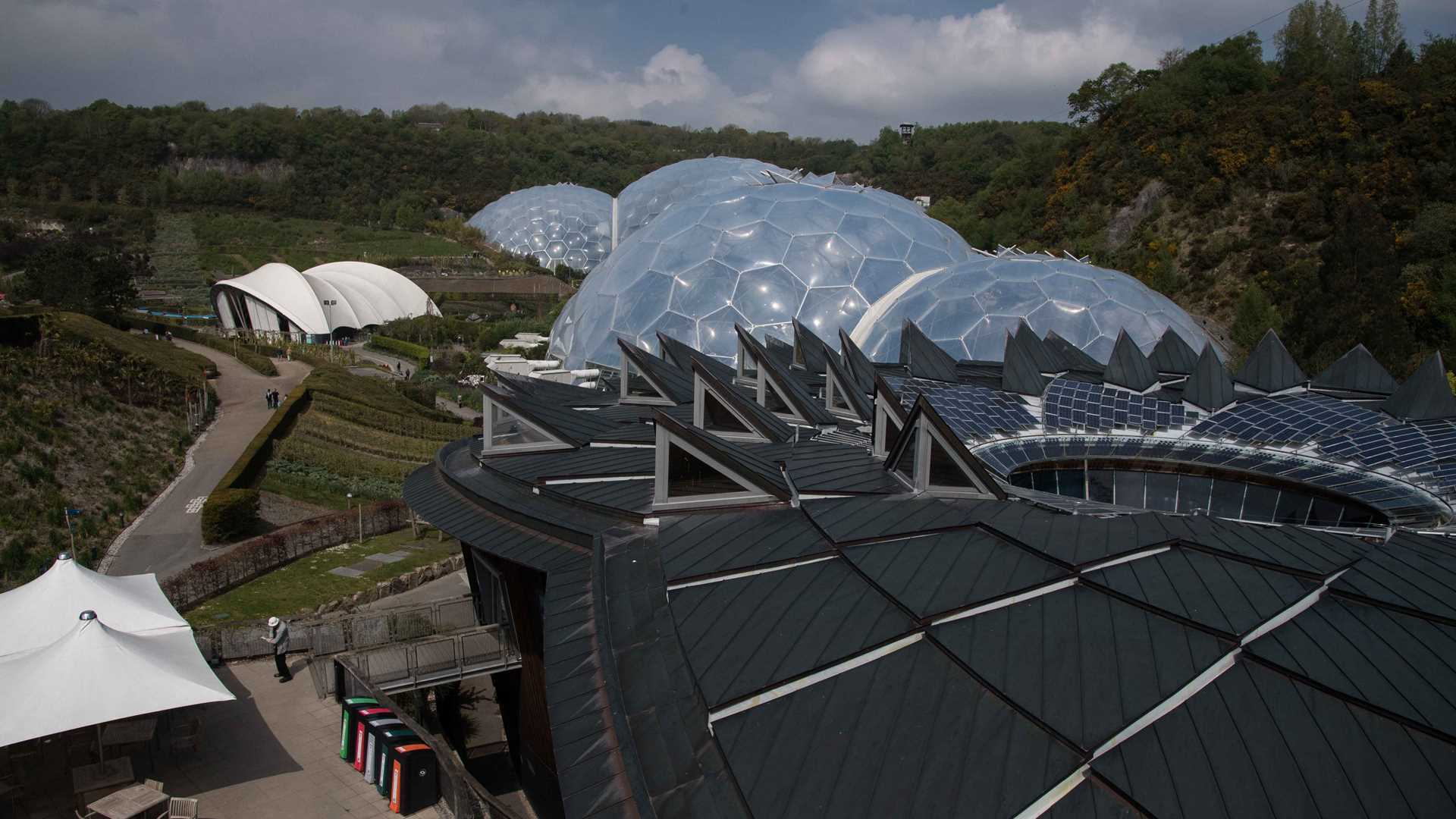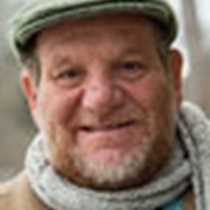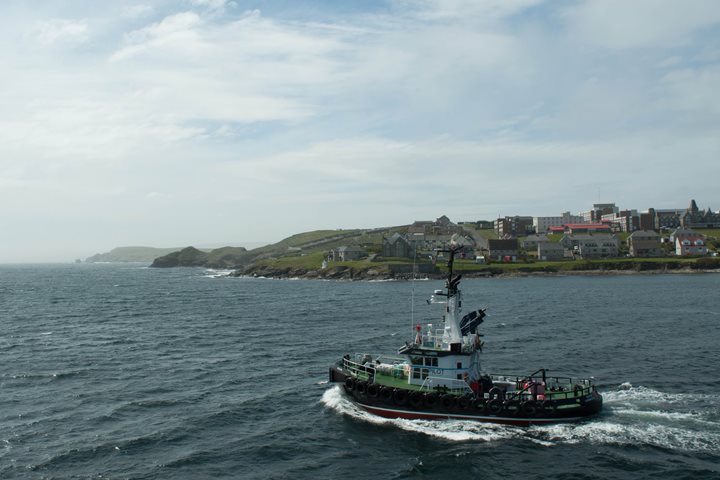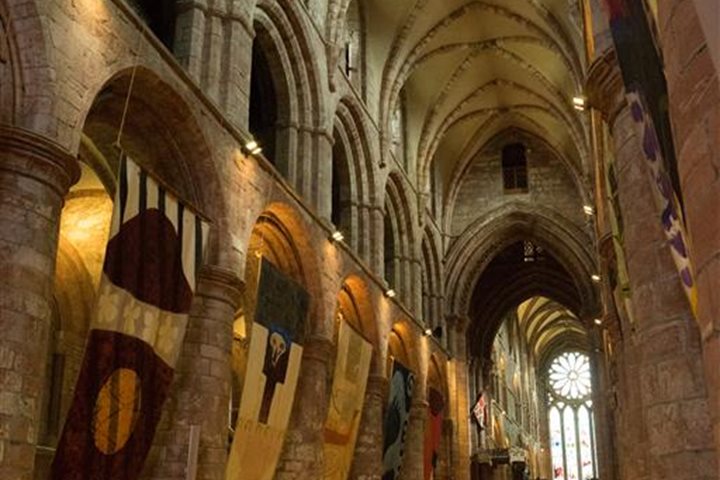This morning the National Geographic Explorer sailed into the harbor at Fowey, on the southwest corner of England, and we were greeted with a lovely view of the picturesque little harbor town. We will be among the pastel homes and cobblestone bulkheads for two days, but an exploration of Fowey will wait until tomorrow. After disembarking the ship, we boarded busses and headed for two wonderful destinations: the Eden Project and The Lost Garden of the Heligan Estate.
The Eden Project is a place that connects us with nature by educating people about how we can live in a sustainable manner, not by destroying the natural world around us but by living in harmony with it. It consists of outdoor gardens, an education center called the Core, the Stage (which is the base for many seasonal events), and two biomes which emulate different environments. The largest of the two biomes simulates a rain forest environment and the second, a Mediterranean environment.
The Rain Forest Biome is the largest indoor rain forest in the world. We meandered through the steamy jungle habitat and learned how vital rain forests are to our existence, and walked along the Rain Forest Canopy Walkway suspended above the tropical plants that surrounded us.
The Mediterranean Biome is an experience for the senses, with sights, sounds, and smells of the Mediterranean, South Africa, and California. It is an example of how well-thought-out cultivated areas can live alongside wild places. The lesson from Eden is that we need a balance.
After lunch we visited The Lost Garden of the Heligan Estate. This historic garden was re-discovered 25 years ago, after falling into disrepair following the outbreak of World War One. In 1990, John Wallis (a descendant of the Tremaye family, who have owned the garden since the 16th century) introduced archeologist Tim Willis to the devastated estate. Tim was an archaeologist by training, and the garden sparked an all-consuming curiosity and a quest to discover what had happened here. Like the re-discovery of Machu Picchu, the Lost Gardens slowly started to return. Decades of veteran plant specimens were discovered, buildings restored, and greenhouses resurrected, which helped to return the gardens to their original splendor. It was Europe’s largest garden restoration project, and now more than 20 gardeners practice the same horticultural skills of those who worked there over 400 years ago.
A local band called Sam Kelly and the Lost Boys played for us in the evening, ending a wonderful day of exploration in the British Isles.







